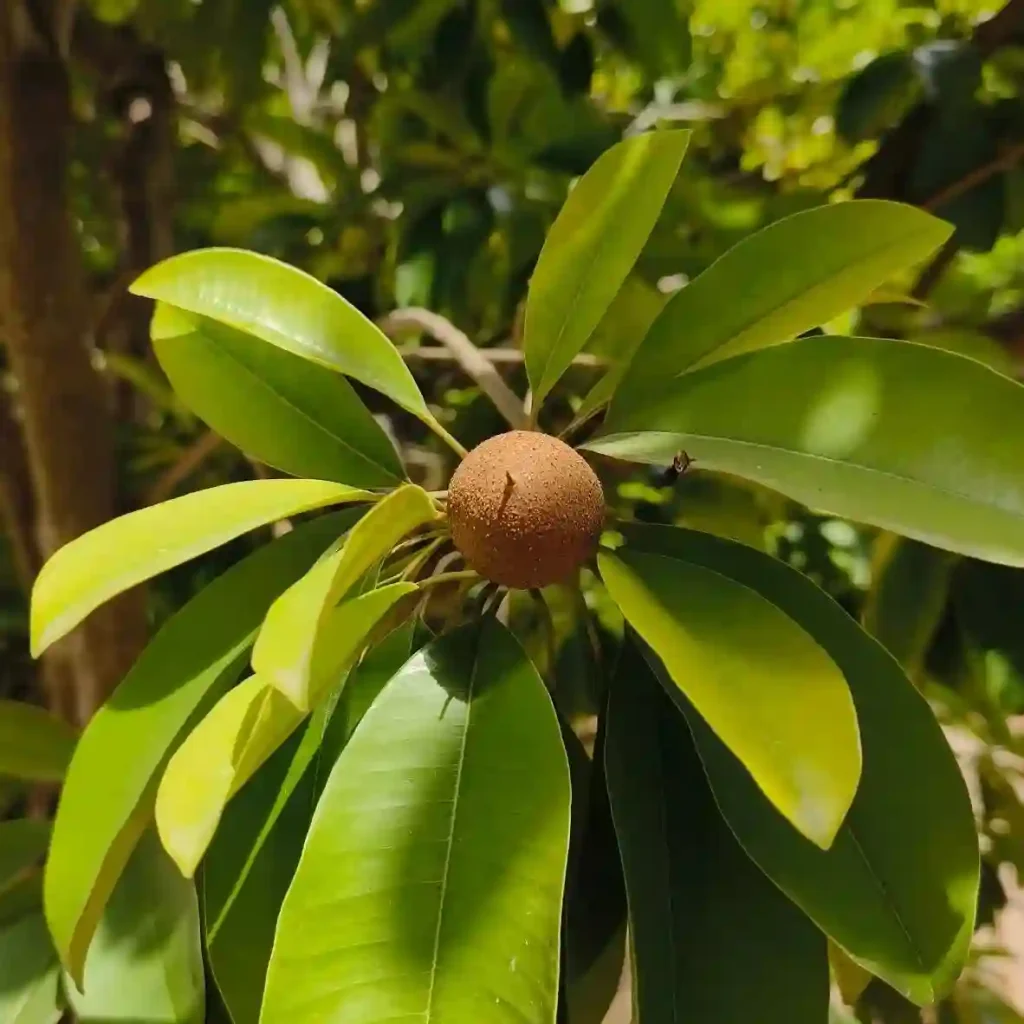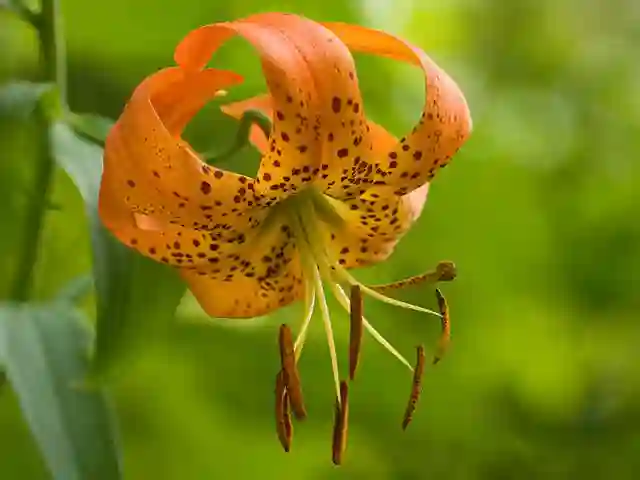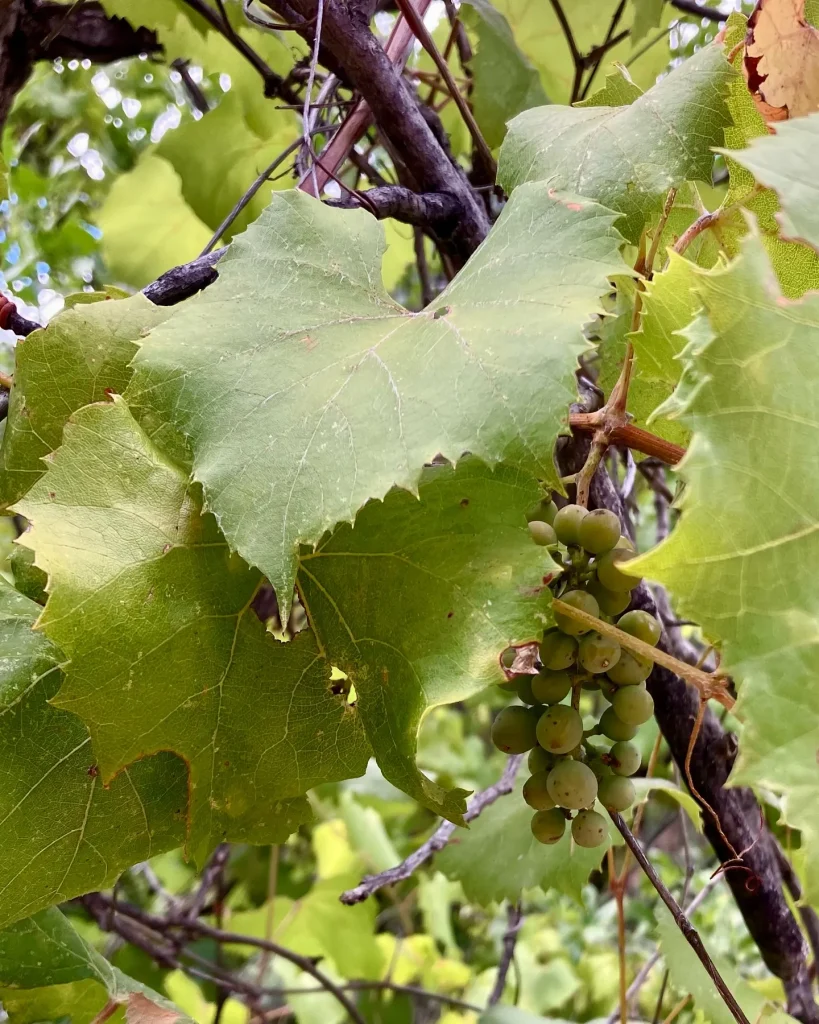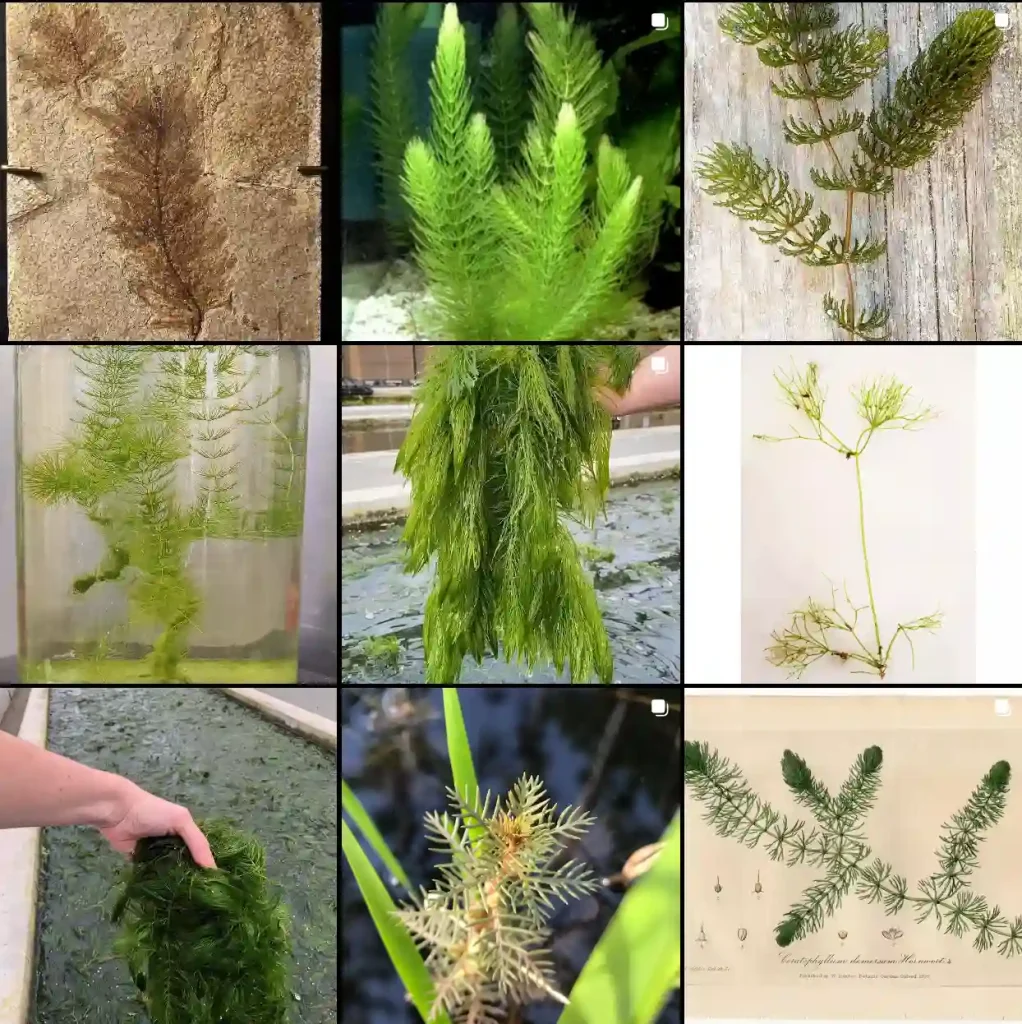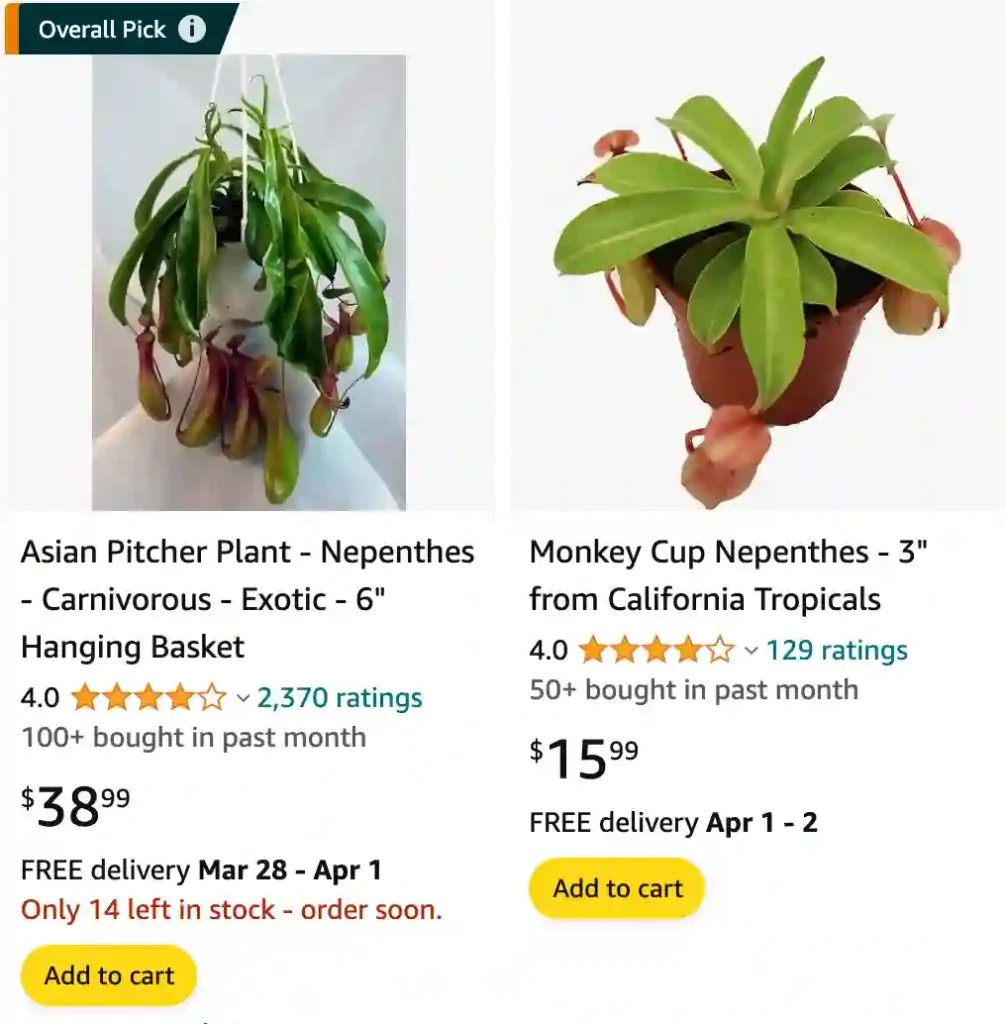
Nepenthes Tenuis: A Guide to the Tiny Terror
Hi everyone, Ferb Vu here. Today, we’re diving into the fascinating world of Nepenthes Tenuis, a carnivorous pitcher plant prized for its petite stature and captivating looks. Often referred to as the “tiny terror” by enthusiasts, this plant packs a punch in the insect-trapping department despite its diminutive size.
Nepenthes Tenuis might be small, but there’s a lot to unpack about its care and cultivation. So, buckle up, plant lovers, as we answer some of the most frequently asked questions about this intriguing Nepenthes species.
Plant Family: Nepenthaceae – 207 Species in Genus Nepenthes
Is Nepenthes Tenuis easy to grow?
Compared to some finicky Nepenthes varieties, Nepenthes Tenuis is considered relatively easygoing. However, it still thrives under specific conditions. Think of it as a particular house guest – provide the right environment, and it’ll reward you with beautiful traps and vibrant foliage.
Key factors for success include:
- Temperature: Aim for a warm intermediate range. Daytime temperatures should hover around 85°F (29°C), with nighttime dips to 68°F (20°C).
- Humidity: High humidity is crucial. Ideally, maintain a range of 67% during the day and a whopping 90% at night. Consider a terrarium or pebble tray to achieve this level.
- Light: Nepenthes Tenuis appreciates bright, indirect light. Think dappled sunlight filtering through a forest canopy. Avoid harsh, direct sunlight, which can scorch the leaves.
- Watering: Keep the potting mix moist but not soggy. Use rainwater, distilled water, or tap water that’s been left out for 24 hours to allow chlorine to evaporate.
What’s the ideal potting mix for Nepenthes Tenuis?
A well-draining and airy potting mix is essential for healthy Nepenthes Tenuis growth. A popular option is a 50/50 blend of long-fibered sphagnum moss and perlite or coco chips. This combination provides good drainage while retaining sufficient moisture.
Some growers experiment with adding a small amount of orchid bark for additional aeration. Remember, experimentation is key – find what works best for your specific environment and watering habits.
How big do Nepenthes Tenuis pitchers get?
One of the defining features of Nepenthes Tenuis is its miniature pitchers. Often compared to N. argentii in terms of size, these captivating traps rarely exceed 10 mm in width. They take on a graceful, funnel-shaped form with a contracted mouth, making them truly captivating to observe.
While the size might seem like a disadvantage, these petite pitchers are surprisingly effective in capturing prey. Their unique shape and coloration often lure unsuspecting insects in, leading to a sticky demise.
Nepenthes Tenuis vs. Nepenthes Miranda: Which is right for me?
Both Nepenthes Tenuis and Nepenthes Miranda are fantastic choices for beginner Nepenthes enthusiasts. However, some key differences might influence your decision:
- Size: As mentioned earlier, Nepenthes Tenuis boasts tiny pitchers, making it ideal for those with limited space. Nepenthes Miranda, on the other hand, produces larger, more elaborate traps.
- Light Requirements: Nepenthes Miranda can tolerate lower light levels compared to Nepenthes Tenuis, which prefers brighter, indirect light.
- Temperament: Both are considered relatively easy to cultivate, but Nepenthes Miranda might be slightly more forgiving of occasional neglect.
Ultimately, the best choice depends on your personal preference and growing conditions. If you crave a truly miniature and captivating display, Nepenthes Tenuis is a champion. If larger, showier traps are your thing, and light is a concern, Nepenthes Miranda might be a better fit.
Conclusion: The Allure of the Tiny Terror
Nepenthes Tenuis might be small, but its charm and insect-trapping prowess are undeniable. With proper care and attention, this “tiny terror” can become a treasured addition to your carnivorous plant collection. Remember, providing the right environment and mimicking its natural habitat is key to success.
If i die, water my plants!
